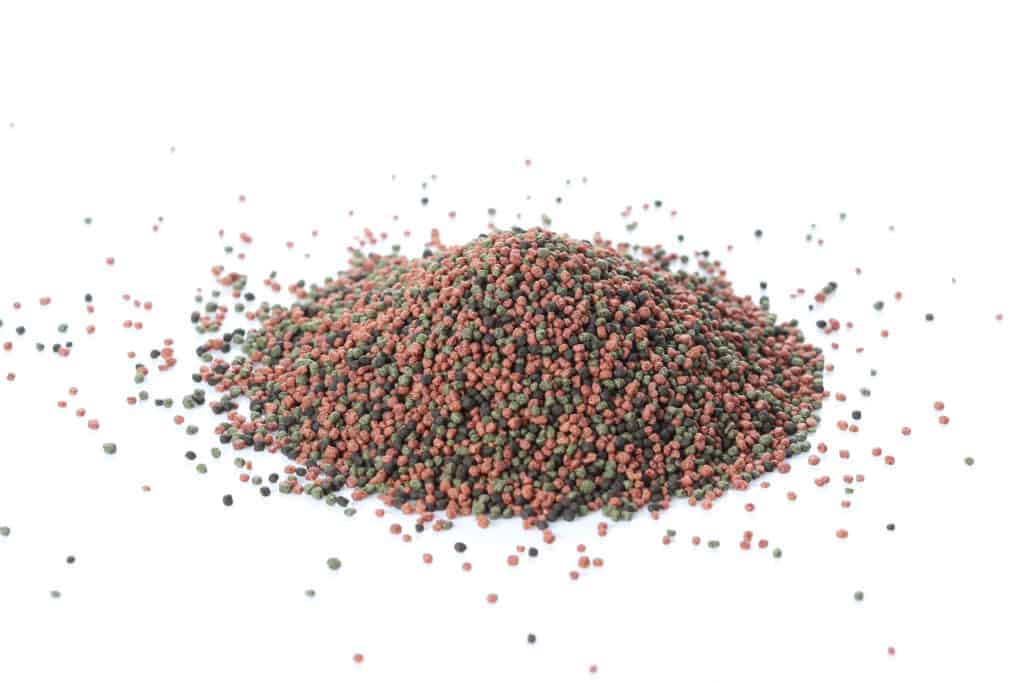It may sound simple, but proper storage of your fishes’ food will allow it to retain the most nutrition for the longest period of time. However, with any fish food, you must replace it after 6 months due to the loss of water-soluble vitamins, such as vitamin C. To be honest, I’ve never seen a betta owner every finish a package of betta food.
Indoors is the best place to store fish food
Even if your fish live outdoors, their food needs to remain indoors. Outdoor temperatures vary too much and sun exposure can cause food to go rancid.
Use an air-tight container to store fish food
Water-soluble vitamins are prone to loss through evaporation. Keep your food in an air-tight container, such as one of these. This will also keep mold from getting into your fish’s food. No matter how expensive the food is, it can still get moldy if exposed to moisture and heat.
Cool & dark are the best requirements for fish food storage
Just because your food is indoors, you still need to consider where to store it. Minimize light exposure which will heat up your fish’s food by storing your food in a cool, dark environment, such as a pantry or upper cabinet.
For more information on fish food and nutrition, please watch our nutrition webinar:


Pingback: How to Choose a Fish Food – Aquatic Veterinary Services